28 October 306
The Senate and the Praetorian Guard in Rome proclaim Maxentius (son of former Augustus Maximian) as emperor princeps. Maximian comes out of retirement to support his son.
28 October 312
Maxentius offers battle with Constantine outside the gates of Rome near the Milvian Bridge. Maxentius suffers total defeat, himself drowning in the Tiber. Henceforth, Constantine believes in the power of the Christian God [or so it's been said].
28 October 1778 Wednesday
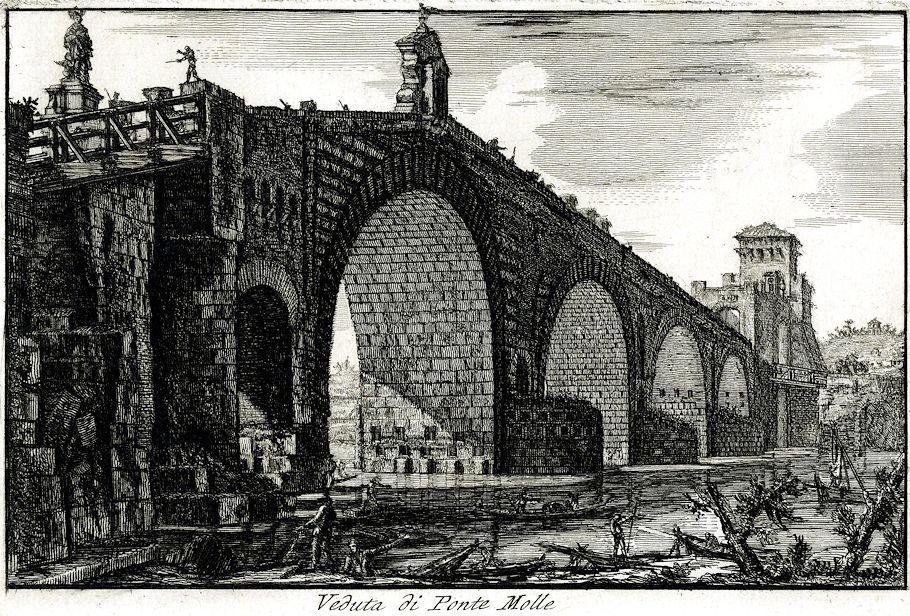
Laura Piranesi View of the Milvian Bridge
28 October 1812 Wednesday
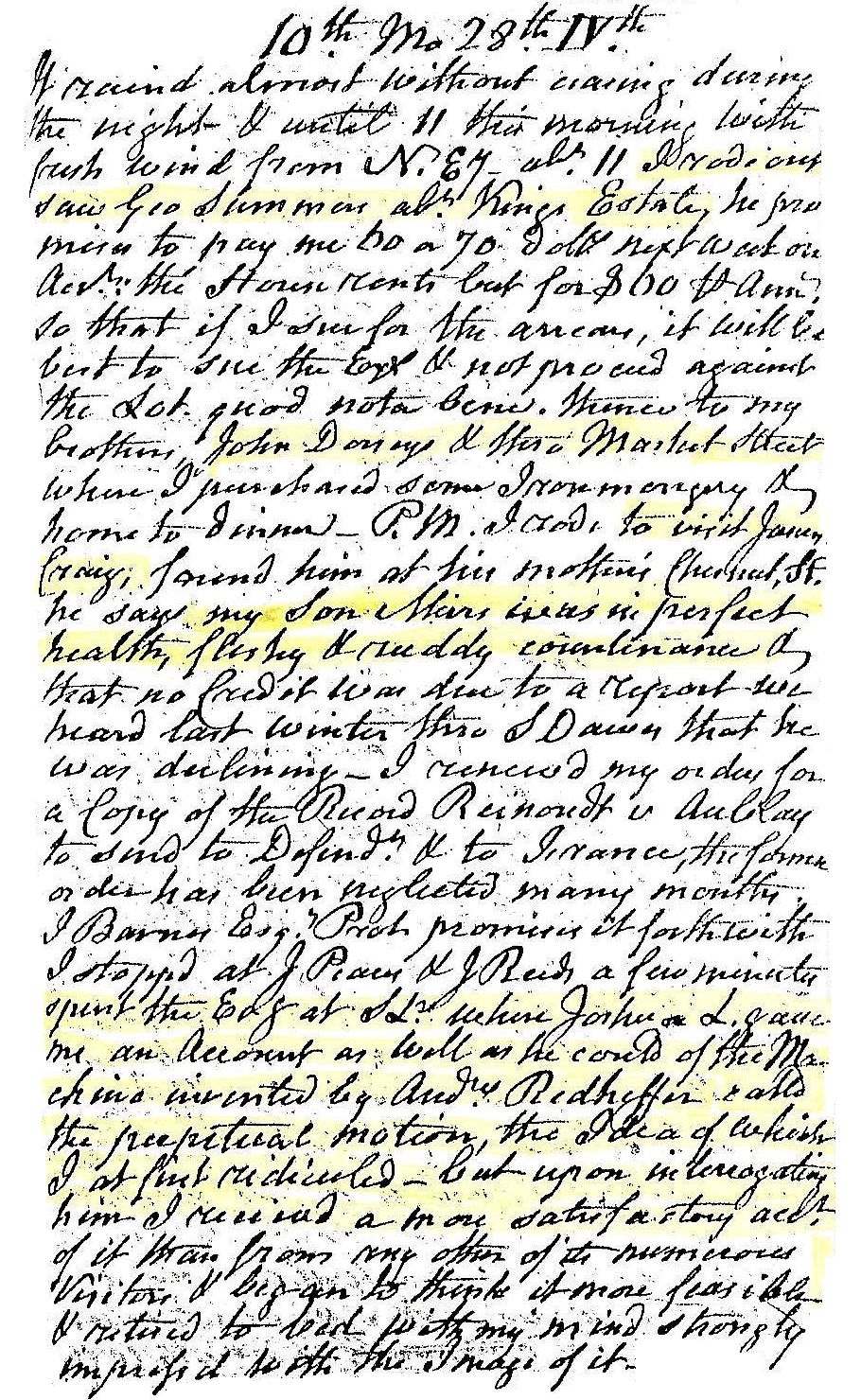
It rained almost without ceasing during the night and until 11 this morning with fresh wind from N easterly. About 11 I rode out, saw Geo. Summers about Kings Estate, he promises to pay me 60 or 70 dollars next week on account the house rents, but for $60 ....... so that if I sue for the ......, it will be best to sue the Exchange[?] and not proceed against the lot quad nota bene. Thence to my brother's, John Dorney's[?] and thru Market Street where I purchased some ironmongery and home to dinner. PM I rode to visit James Craig, found him at his motherís Chestnut Street, he says my son Miers was in perfect health, fleshy and ruddy countenance, and that no credit was due to a report we heard last winter thru S. Davis that he was dueling. I received my order for a copy of the Ricard Reinoudt v. A...... to send to defend[?] and to France, the former order has been neglected many months. I. Barney Esq. ..... promised it forthwith. I stopped at J. Pearce's and J. Reid's a few minutes, spent the evening at Samuel Longstreth's where Joshua Longstreth gave me an account as well as he could of the Machine invented by Andrew [sic] Redheffer called the perpetual motion, the idea of which I at first ridiculed, but upon interrogating him I received a more satisfactory account of it than from many other of its visitors and began to think it more feasible and retired to bed with my mind strongly impressed with the image of it.
28 October 1984
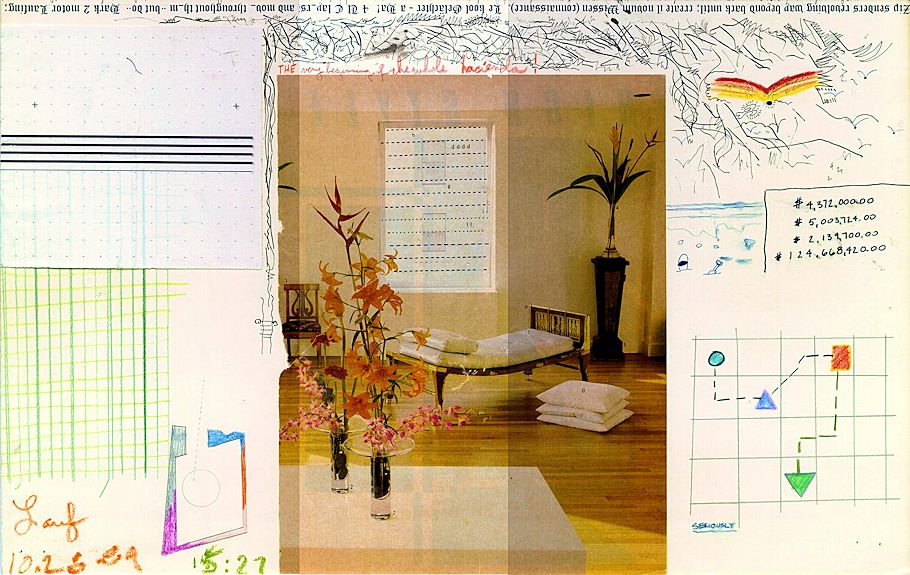
The very beginning of the whole hacienda!
28 October 2013
28 October 306: the Senate and the Praetorian Guard in Rome proclaim Maxentius as emperor princeps.
It could easily be said that the architecture of Rome (the city) under Maxentius represents the last flourish of genuine Classical in its true pagan milieu.
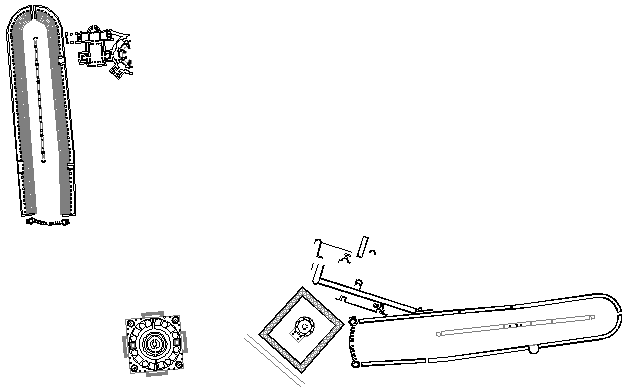
left: The Circus of Hadrian and the Mausoleum of Hadrian (135 AD), after Piranesi.
right: The Circus of Maxentius and the Mausoleum of Romulus (son of Maxentius) (c. 310 AD), on the Appian Way.
Both complexes, displayed here at the same scale with true north up, comprise the 'classic' Roman funereal paradigm of tomb, circus and dining hall, facilitating the "munus", a death rite, where death games and feasts accompanied the funeral day.
28 October 312: Maxentius offers battle with Constantine outside the gates of Rome near the Milvian Bridge. Maxentius suffers total defeat, himself drowning in the Tiber.
It is at this point that the architecture of Rome (the city) begins to represent a pagan/Christian hybrid, with stylistic influence coming from the North (Treves Augustum [today's Trier, Germany]), Constantine's Imperial capital, and from the East (Nicomedia [today's Izmet, Turkey]), the Roman Empire's power center since c. 280 AD.

left: The Circus of Maxentius and the Mausoleum of Romulus (son of Maxentius) (c. 310 AD), on the Appian Way.
center: The 'basilica' of Sts. Peter and Marcellinus (c. 314 AD) and the Mausoleum of Helena (mother of Constantine) (326 AD).
right: The 'basilica' of St. Agnes (c. 314 AD) and the Mausoleum of Constantina (daughter of Constantine) (c. 345 AD).
The three complexes, displayed here at the same scale with true north up, demonstrate how the tombs remained more or less the same, i.e., substantial round, domed structures, but the pagan funereal circus has morphed into a circus-shaped covered graveyard where feasts were held on the respective saint's death ('feast') day.
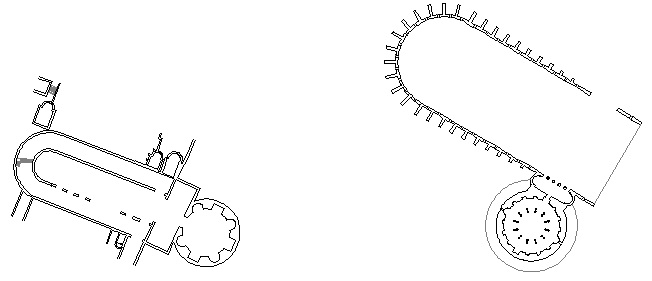
It is on record that the yearly commemorative feasts of saintly death days quickly evolved into quite exorbitant, if not all out drunken, several-day-long affairs, thus, by the beginning of the fifth century, Rome's somewhat unique circus-shaped basilica/graveyards were deemed inappropriate for 'church' architecture, closely coinciding with (St.) Augustine's writing of The City of God Against the Pagans.
28 October 2018
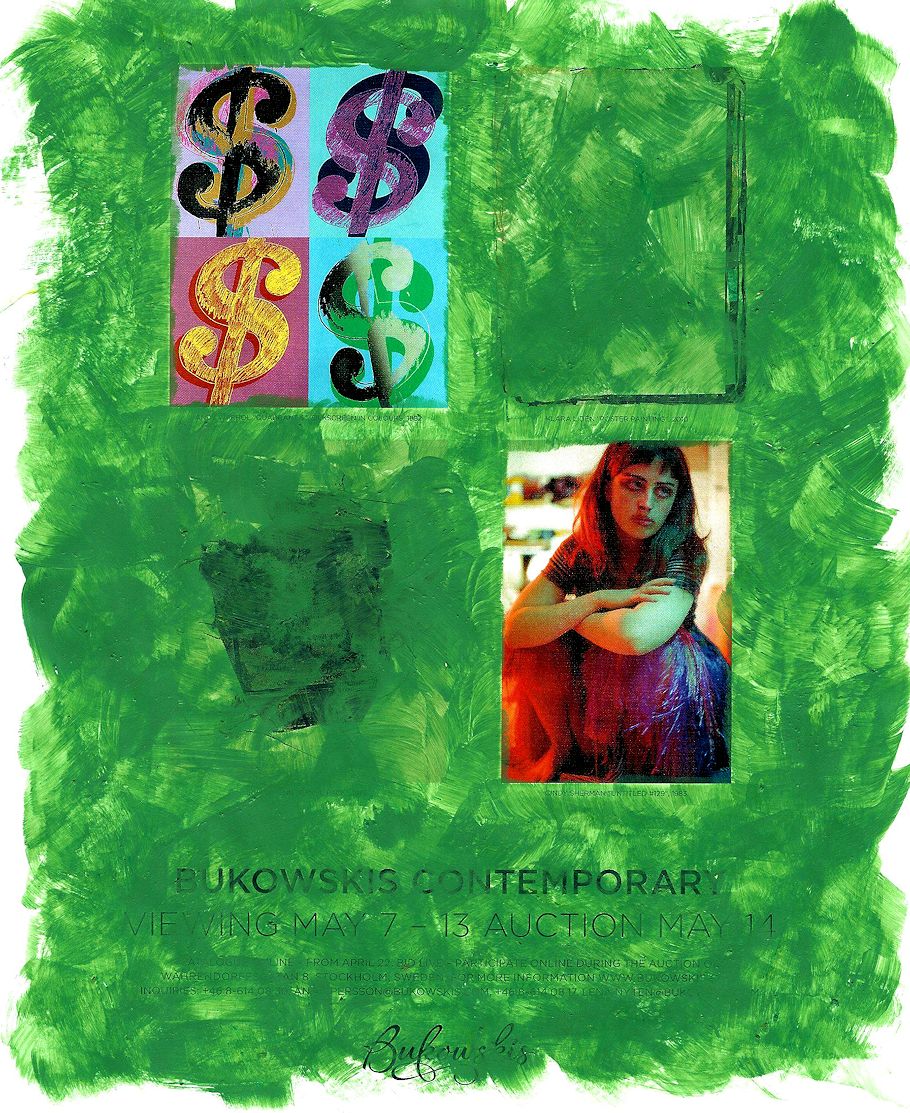
page painting 003
28 October 2022 Friday
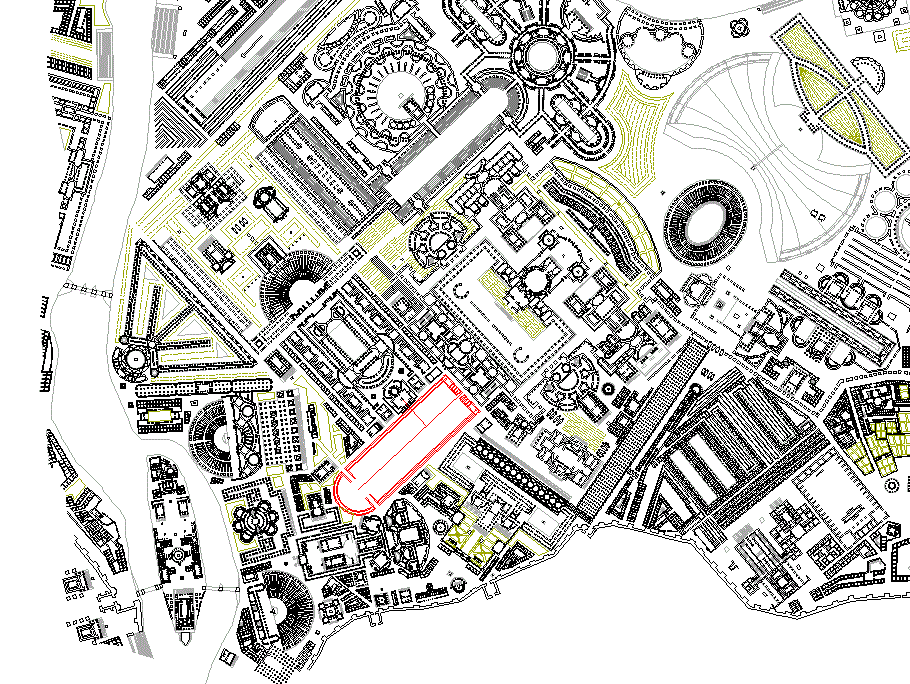
28 October 2023 Saturday
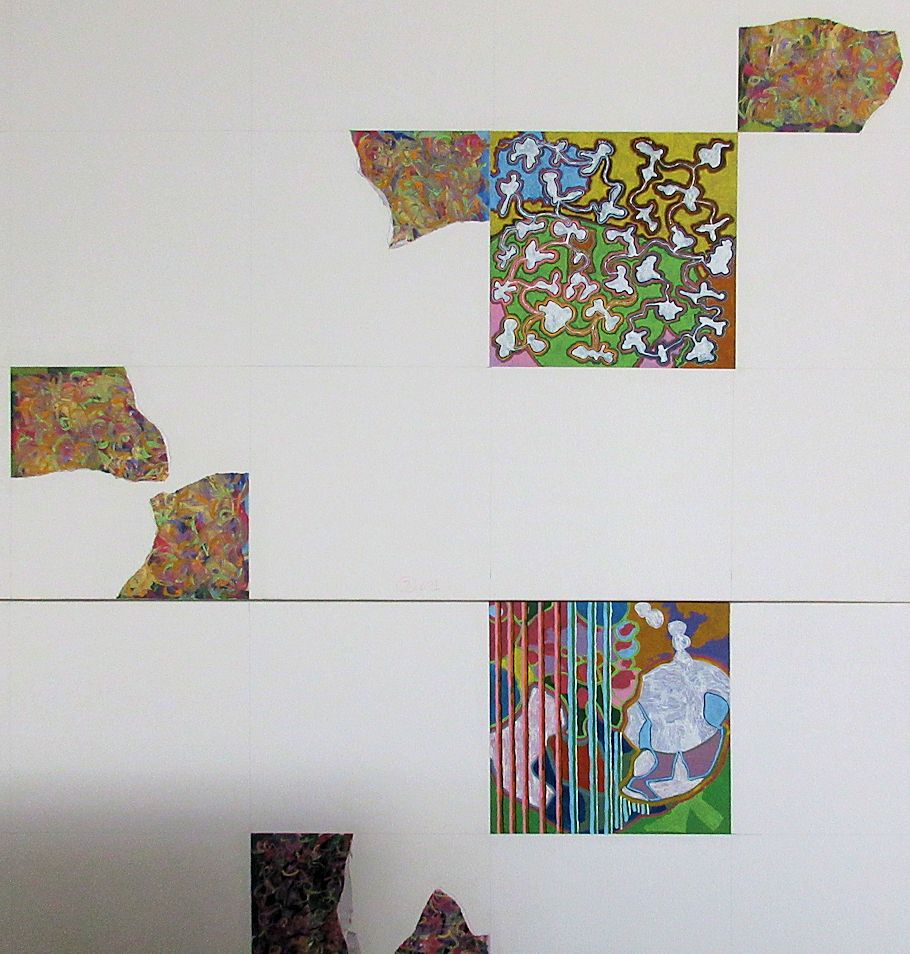
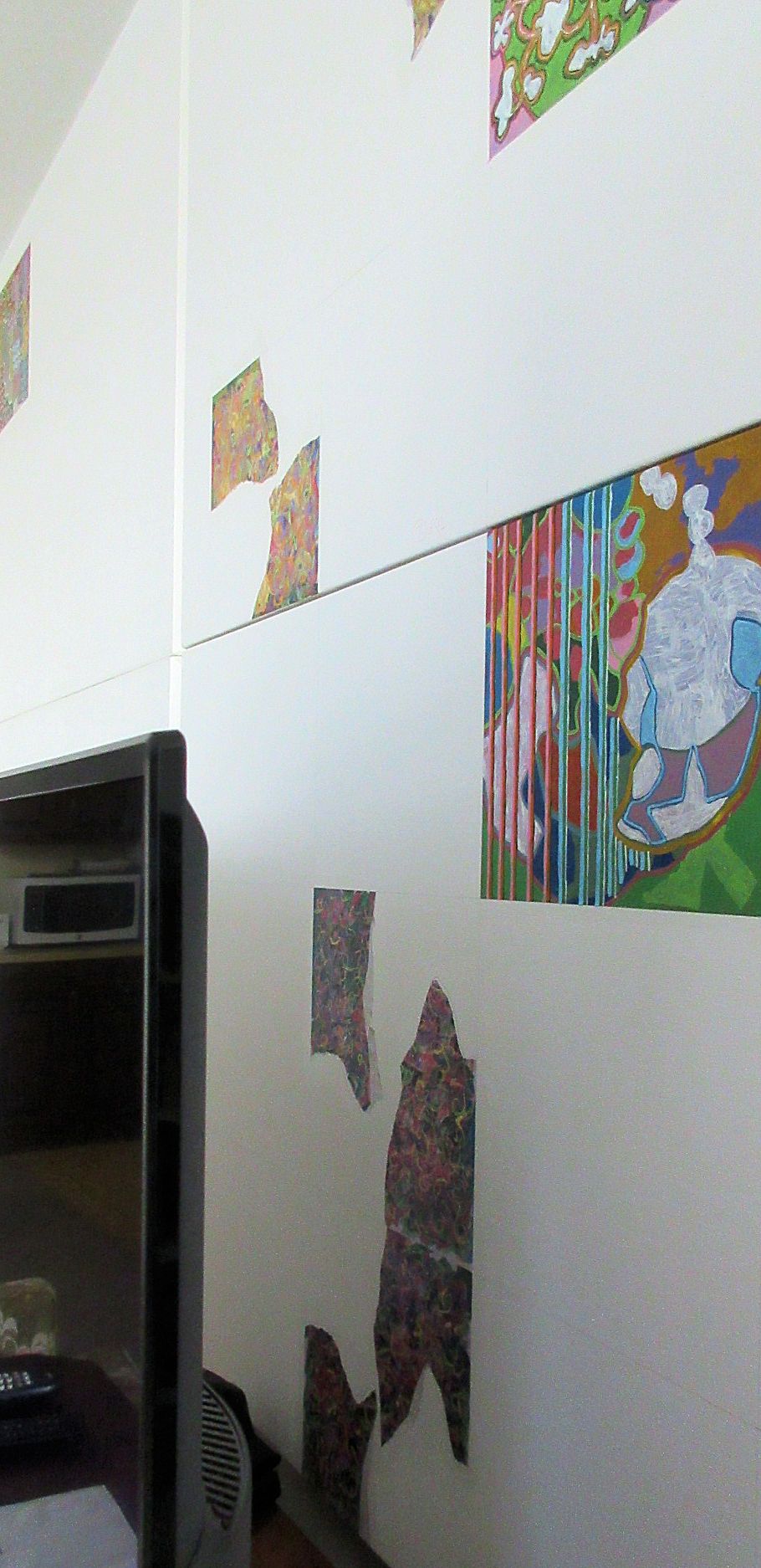
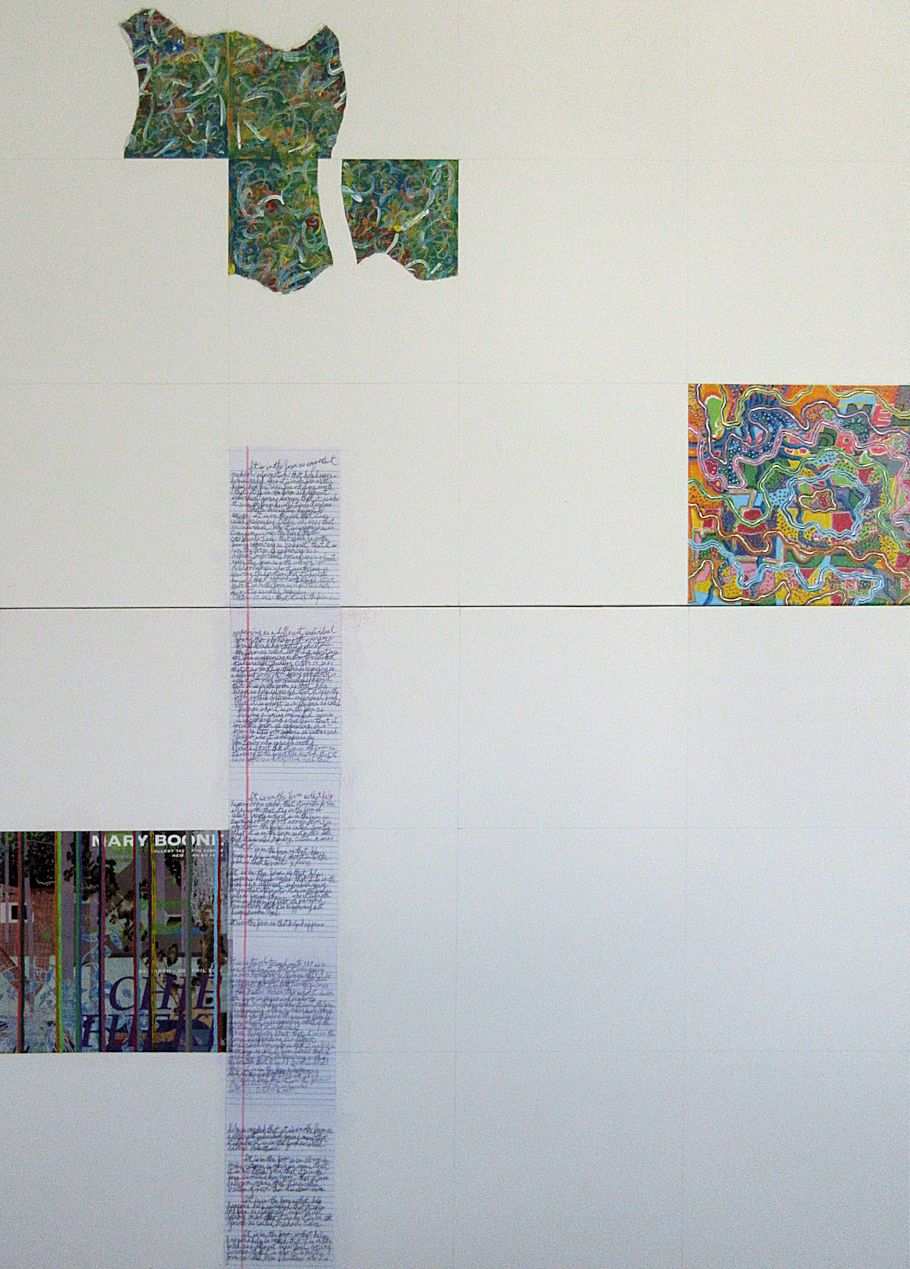
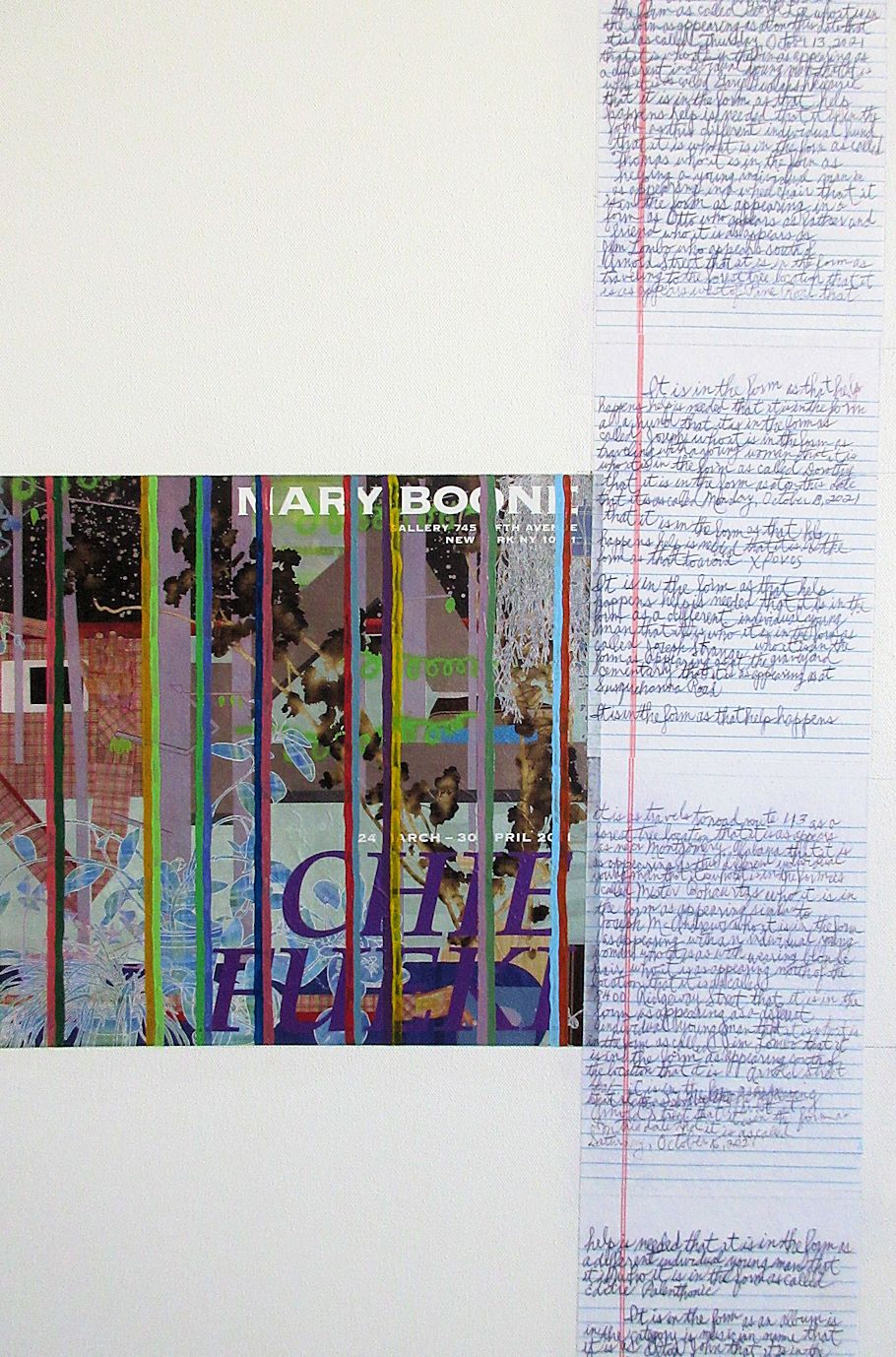
|